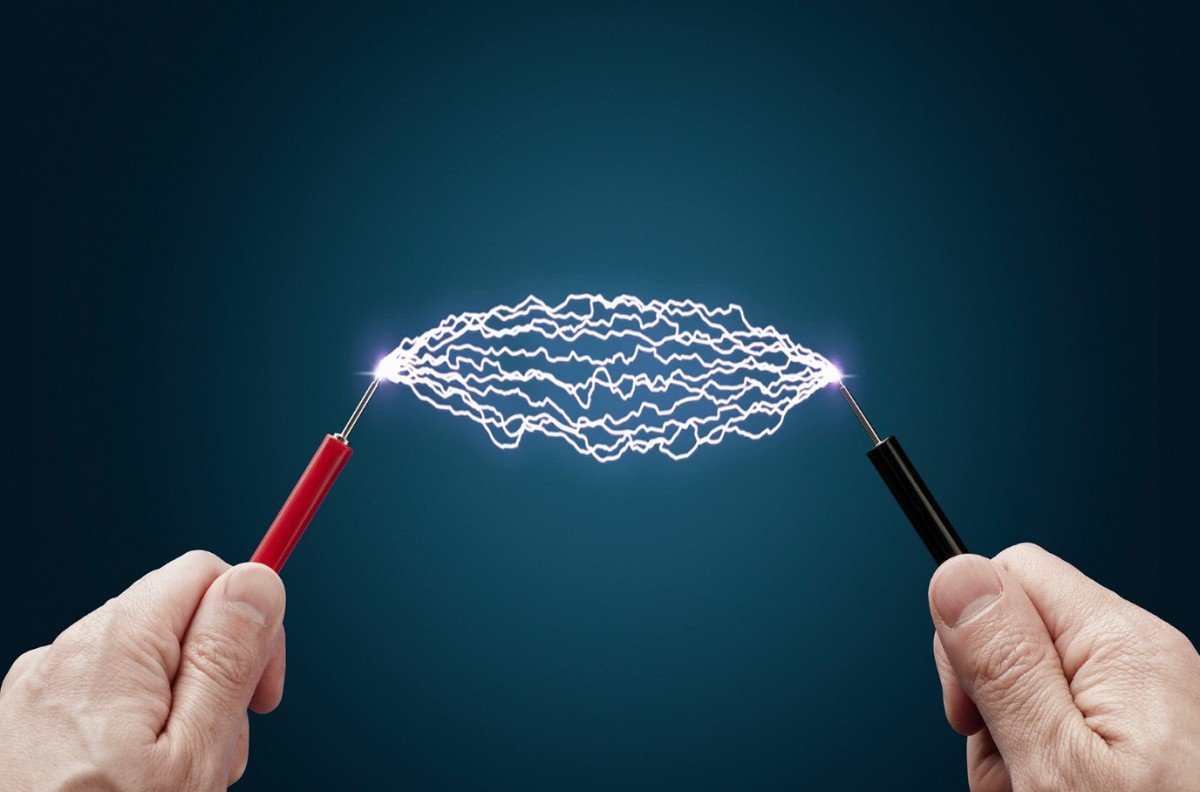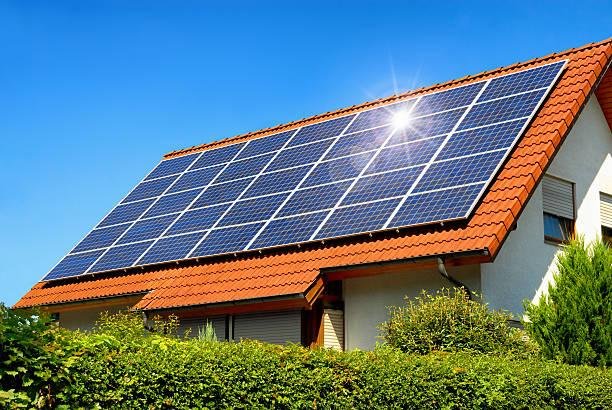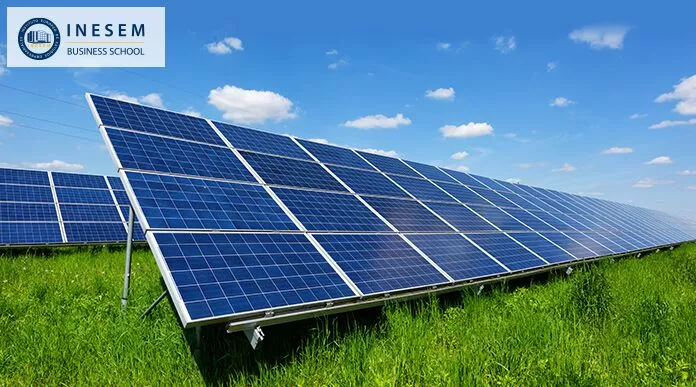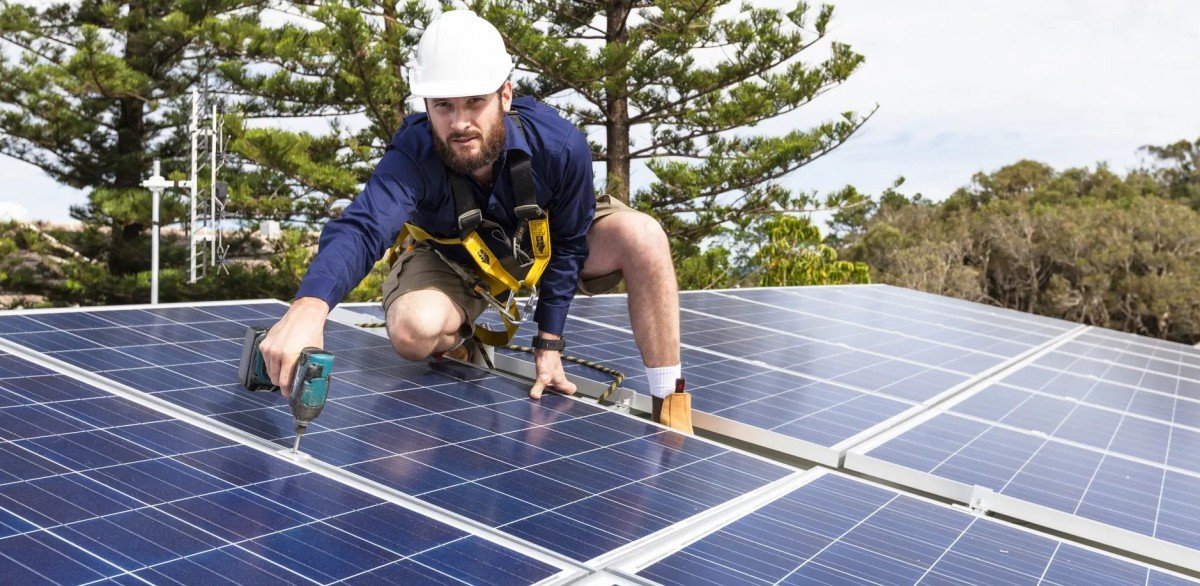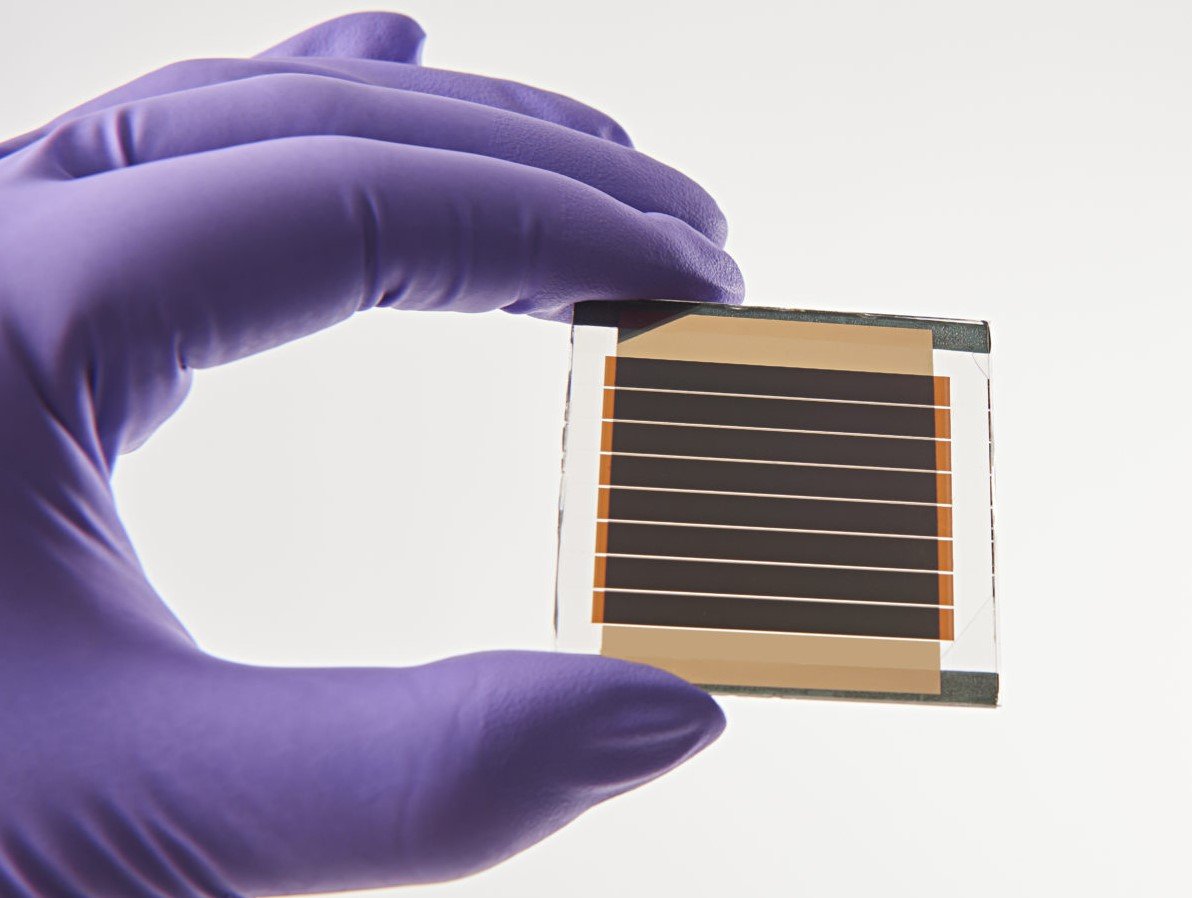
What are solar cells?
What are solar cells? In this article I will explain the concept of the solar cell. Solar cells are small independent units that combined together make up a solar panel. The amount of these depends on the power that the solar panel is capable of providing, what you must be clear about is that all of them give rise to a perfect system thanks to which the transformation of solar radiation into electrical energy is made possible, the success of which lies in the materials with which they are made and their arrangement. To give you a simple idea, a 250W solar panel has a total of 60 photoelectric cells.
In this article we have prepared a detailed analysis of how solar cells work, what their performance is, how to carry out the installation of solar cells at home and more questions about solar cells, prices… Continue reading for more information.
What are solar cells?
Solar cells, or photovoltaic solar cells, are defined as devices capable of converting solar radiation into electrical energy through the photovoltaic effect. Solar cells are made of semiconductor materials, usually silicon. This can be monocrystalline or polycrystalline, depending on what type the cell is made of, it can be more or less efficient, that is, the performance of the cells can vary —monocrystalline silicon is considered one of the best semiconductor materials to make photovoltaic cells but also the most expensive.
How do solar cells work?
To understand how solar panels work, the first thing we need to know is how solar cells work. For this it is important to know that solar cells are semiconductor devices made of silicon. Silicon is a material that is found in large quantities on the planet, it has a much smaller electronegativity than other materials, such as carbon, which gives rise to notable variations in the polarity of certain bonds, as well as a very attenuated chaining —there are no chains of more than 6 silicon atoms— and a maximum coordination of 6.
The silicon atom has a total of 14 electrons that are distributed in different electronic shells. The last one only has a total of 4 electrons, which means that it is not complete. When we talk about this material being a semiconductor, what we mean is that it can be altered by another element for that purpose. When silicon is altered, what really happens is that the ratio of electrons to protons changes, something that is very simple thanks to the last incomplete layer of the atoms of this material. Generally, other materials such as boron or phosphorus can be used to alter silicon. This causes the valence shell to continuously try to complete itself.
The operation of solar panels is very simple. This is activated when the solar cells that make up the plates receive solar radiation. At that moment, what is known as the photovoltaic effect occurs thanks to which the photons of sunlight are converted into electrons, thus transforming solar radiation into electrical energy that can be used depending on the photovoltaic installation of each one / a. Now, what exactly happens? why the photon of light is converted into electrons? What happens is that said photon opens a hole in the valence shell of the silicon atom causing an electron to be released. Each time these electrons are released they reach another part of the cell, which generates an electrical current. This current is redirected by an external circuit until it is released as electrical energy that subsequently reaches the charge regulator —another component of the solar cell installation— and reaches our electrical network.
Solar cell performance
The silicon used in solar panels, as we mentioned above, can be monocrystalline or polycrystalline. Depending on the material with which the cells are made, they can be more or less effective. That is, improve the performance of solar cells.
For reference, the performance of polycrystalline solar cells typically provides a total of 10 volts. An adequate solar installation can reduce the price of the bill between 50% and 70% of the total at the end of the year.
How to install solar cells for home?
The installation of solar cells -or solar panels- must be carried out by specialists, especially when it comes to large installations, since a mistake can considerably affect the useful life of the batteries -for example-, as well as affect the home electrical installation. Now, there are different kits that include all the necessary materials to carry out the installation of solar cells.
The first thing you should keep in mind is that the facilities can be of two types. These are: Isolated photovoltaic solar installations and grid-connected photovoltaic solar installations. In the first case, it is essential to get the battery choice right and the capacity that the set of solar panels can provide so that it does not become overloaded. In the second case, what happens with the excess energy is that it is discarded into the general network, so there is no such danger.
The components that are needed to carry out the installation of solar cells —or solar panels— in an isolated installation are: the solar panels, the charge regulator, the batteries and the inverter.
What is the price of solar cells?
Solar cells, prices and characteristics vary depending on the material with which they have been manufactured —or type of silicon— and the number of these included in the solar panel. And it is that the solar cells are not sold separately, but together with the solar panel —with the already manufactured product in question—.
Currently, the prices of solar panels range between 600 and 800 euros per square meter although, as we mentioned, the material with which they have been manufactured also influences.

